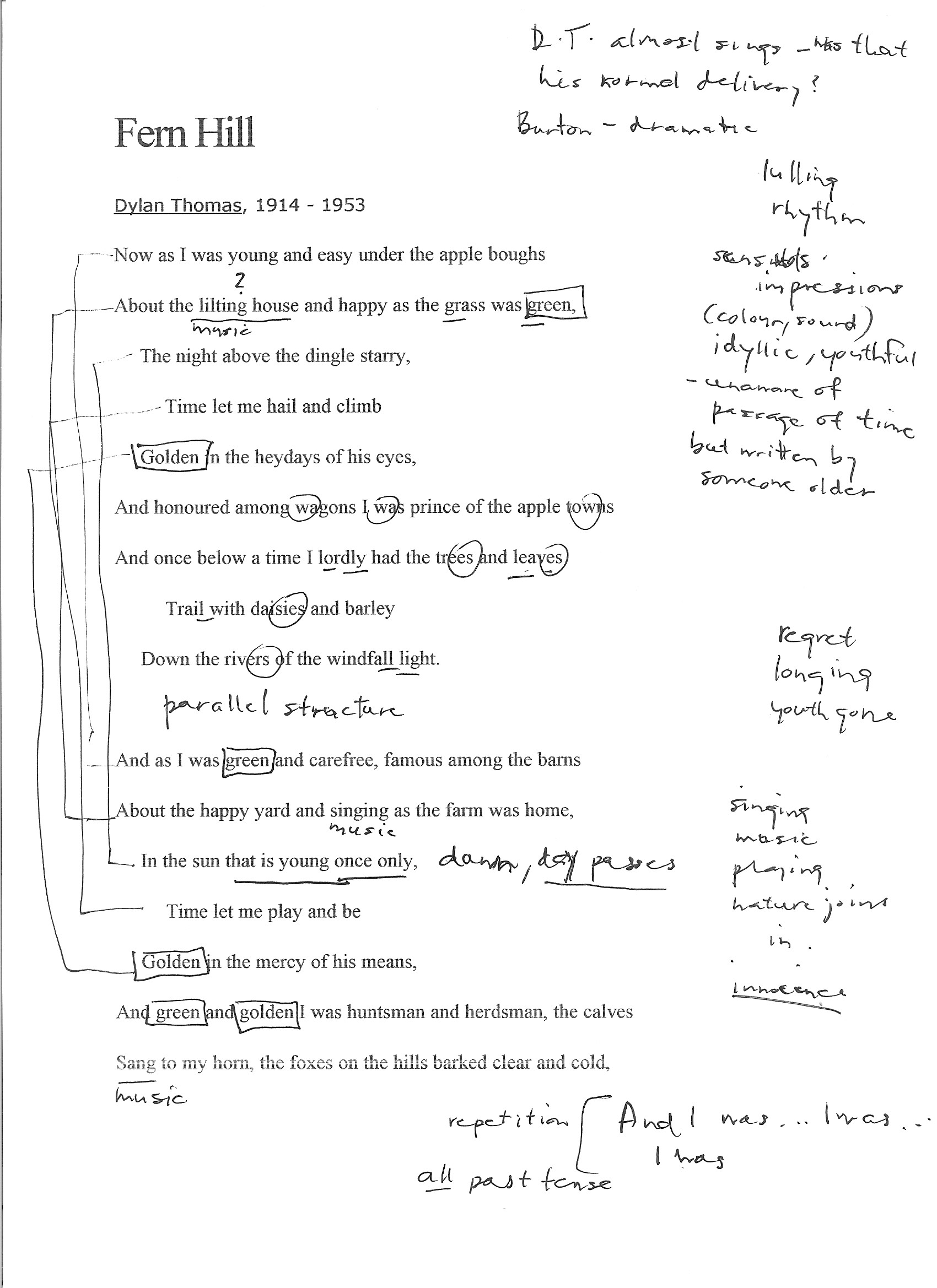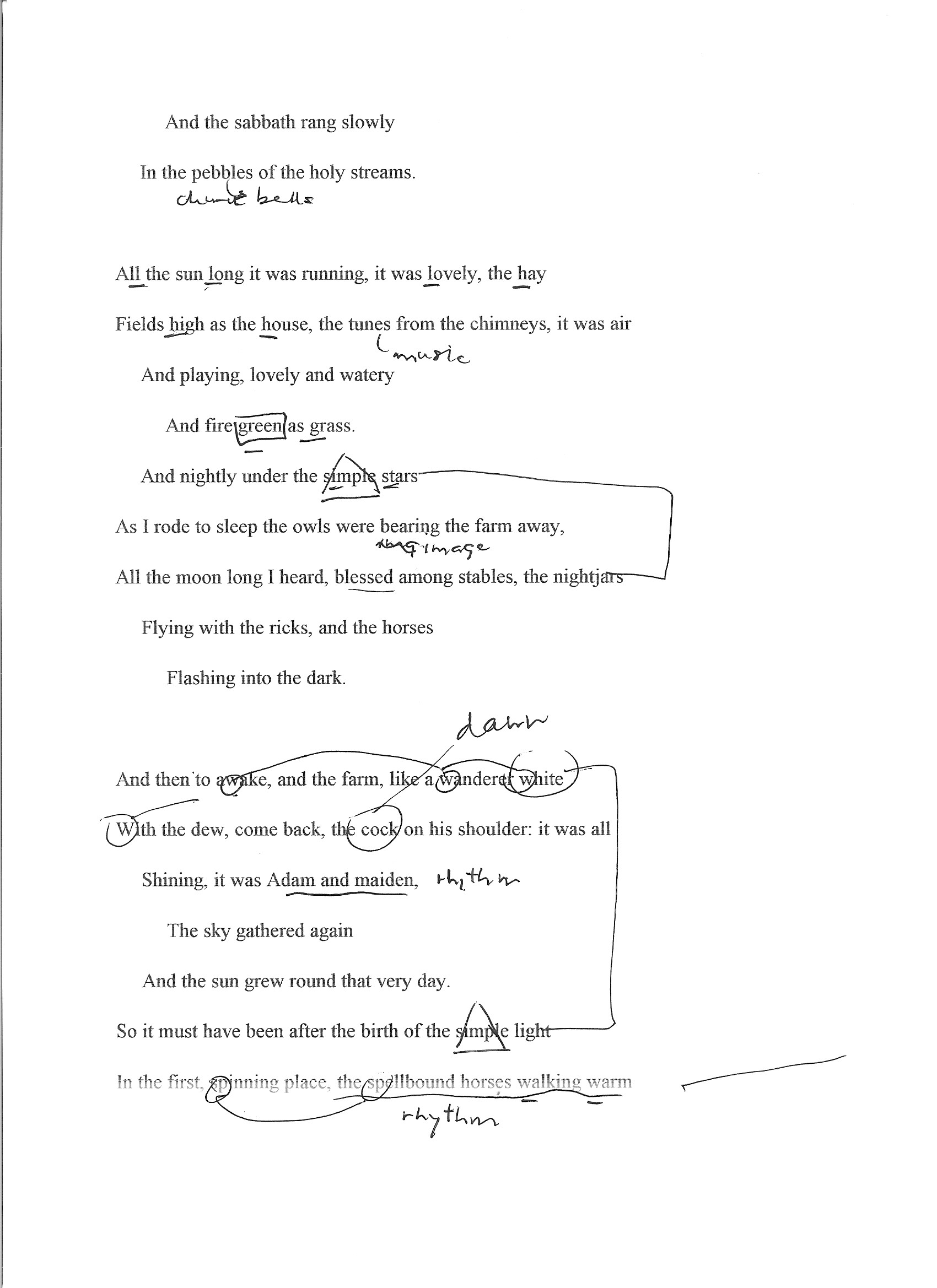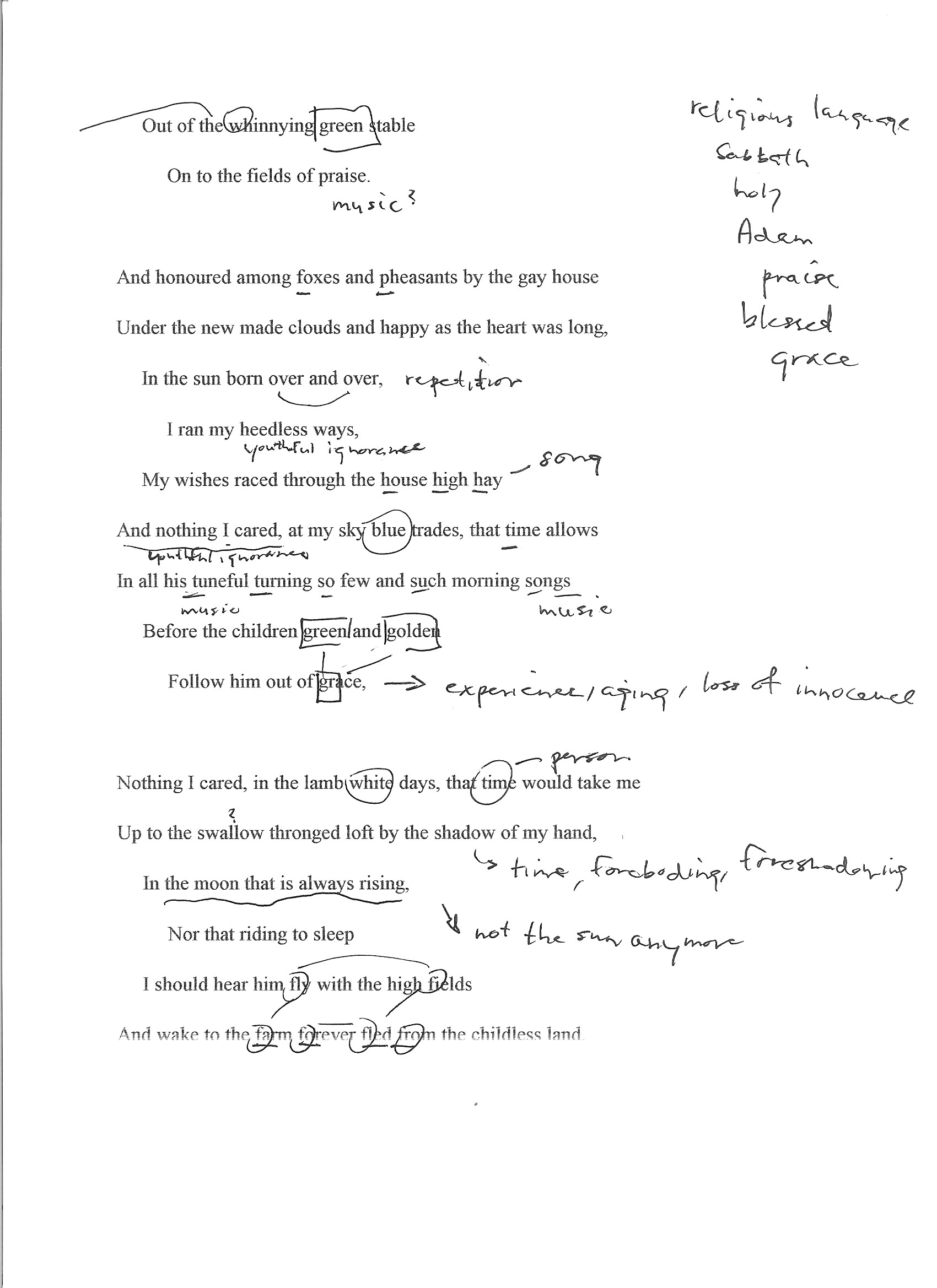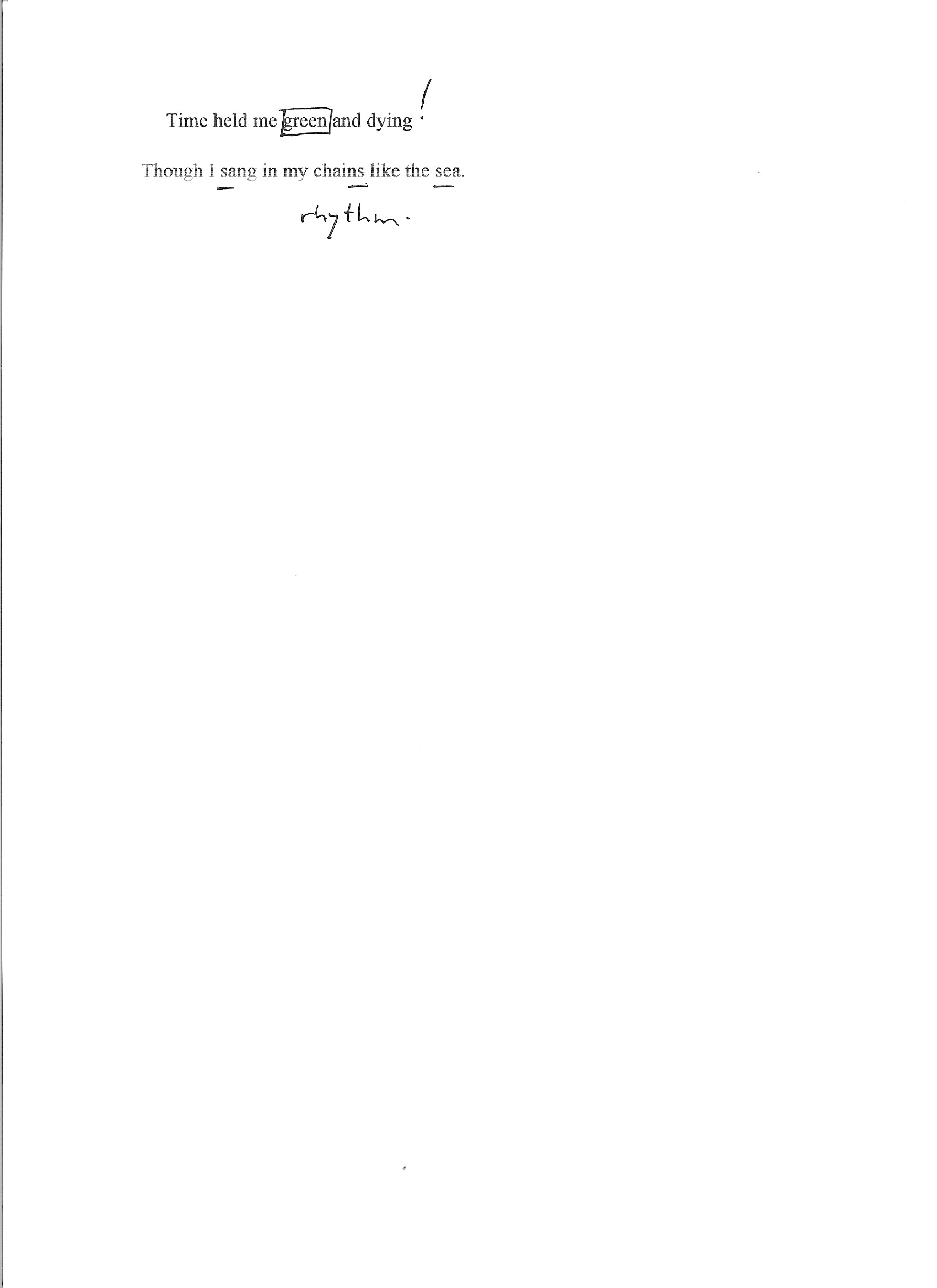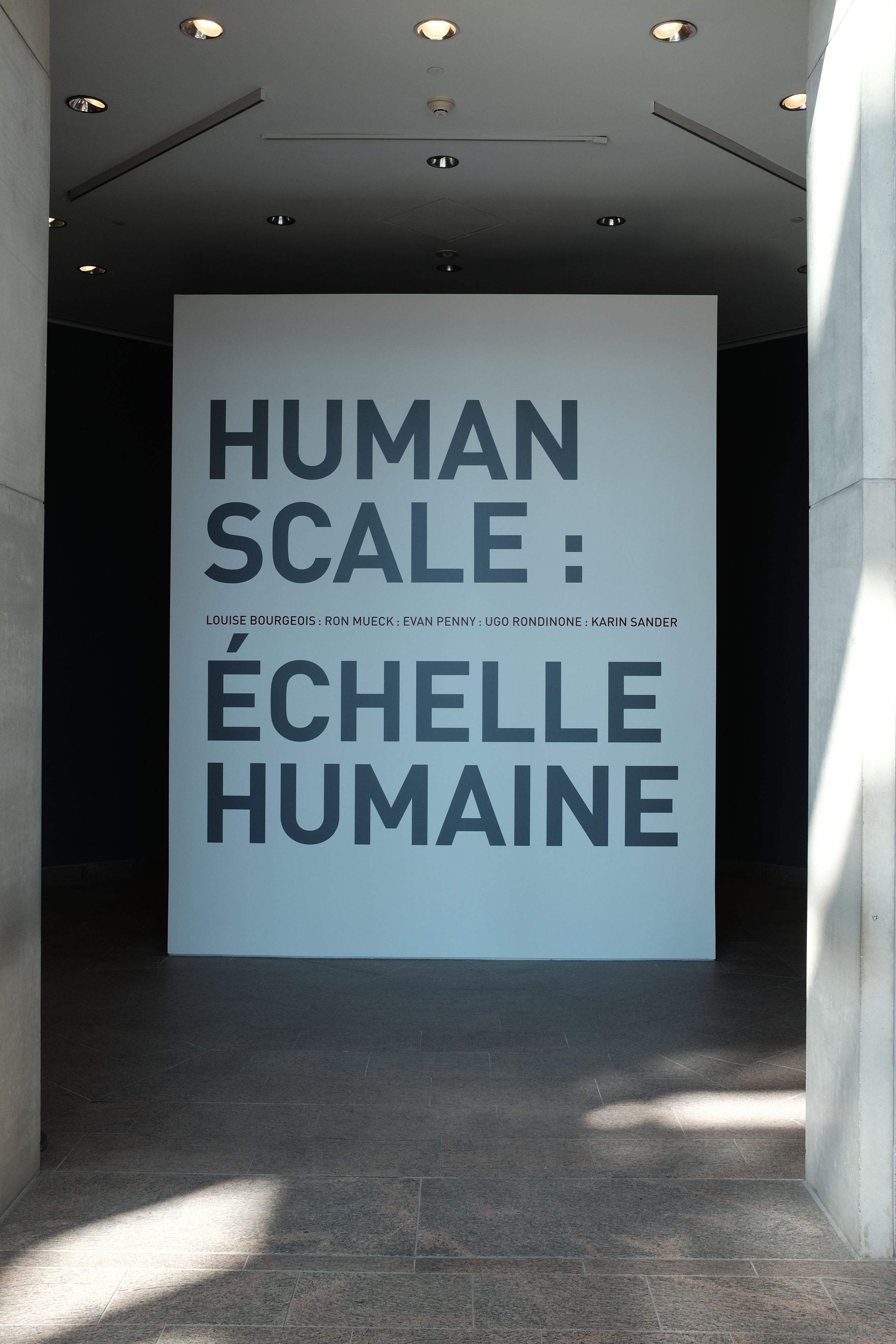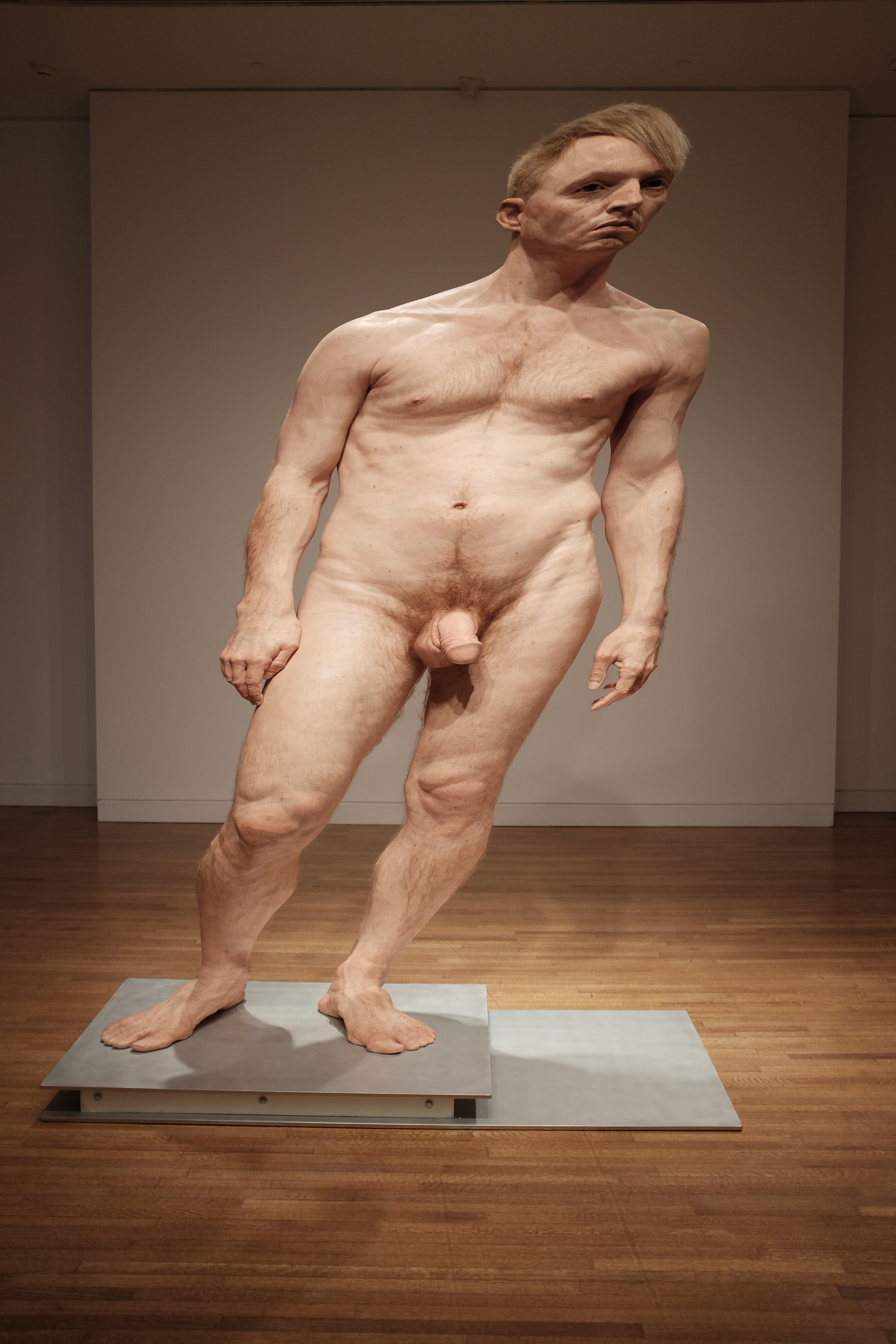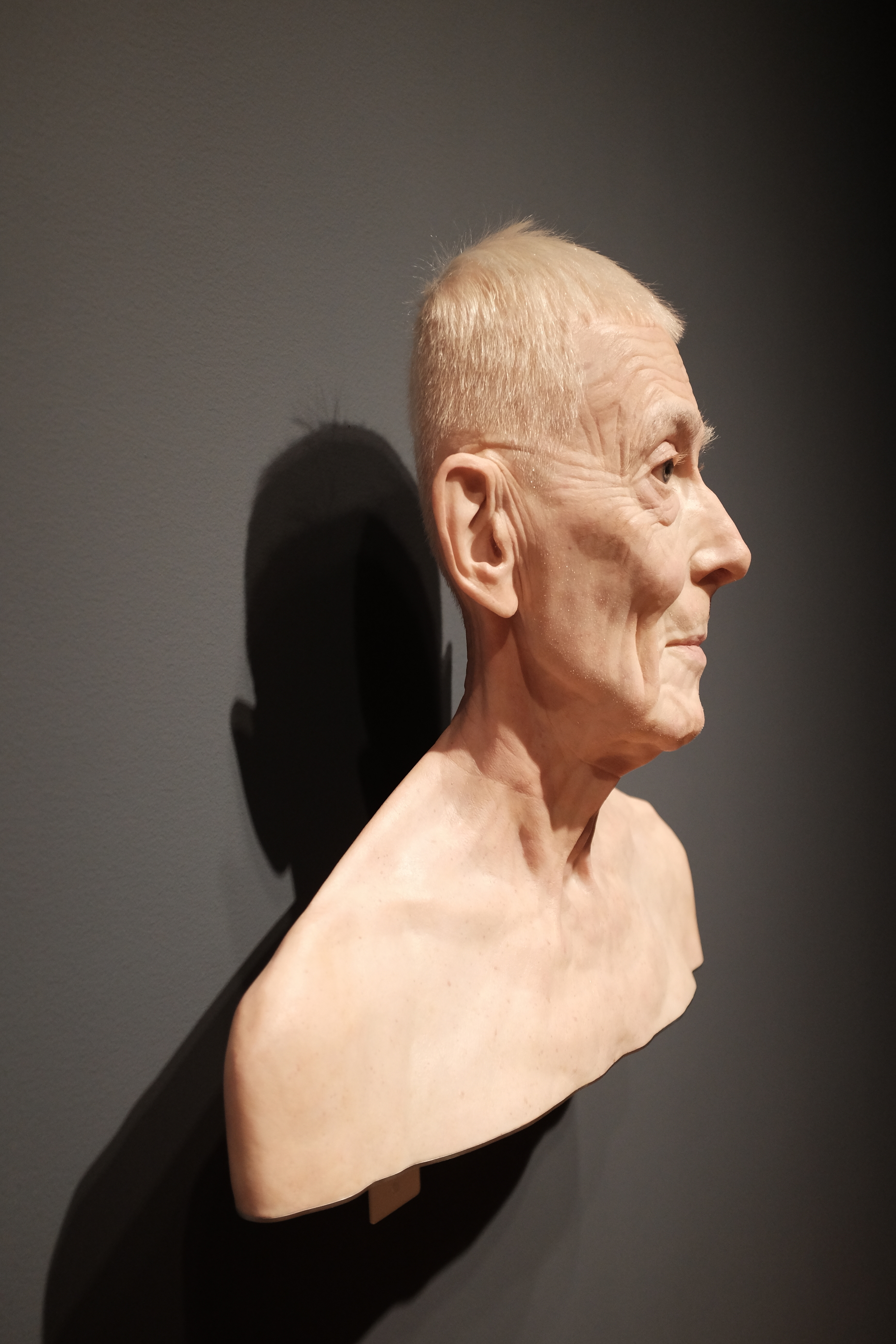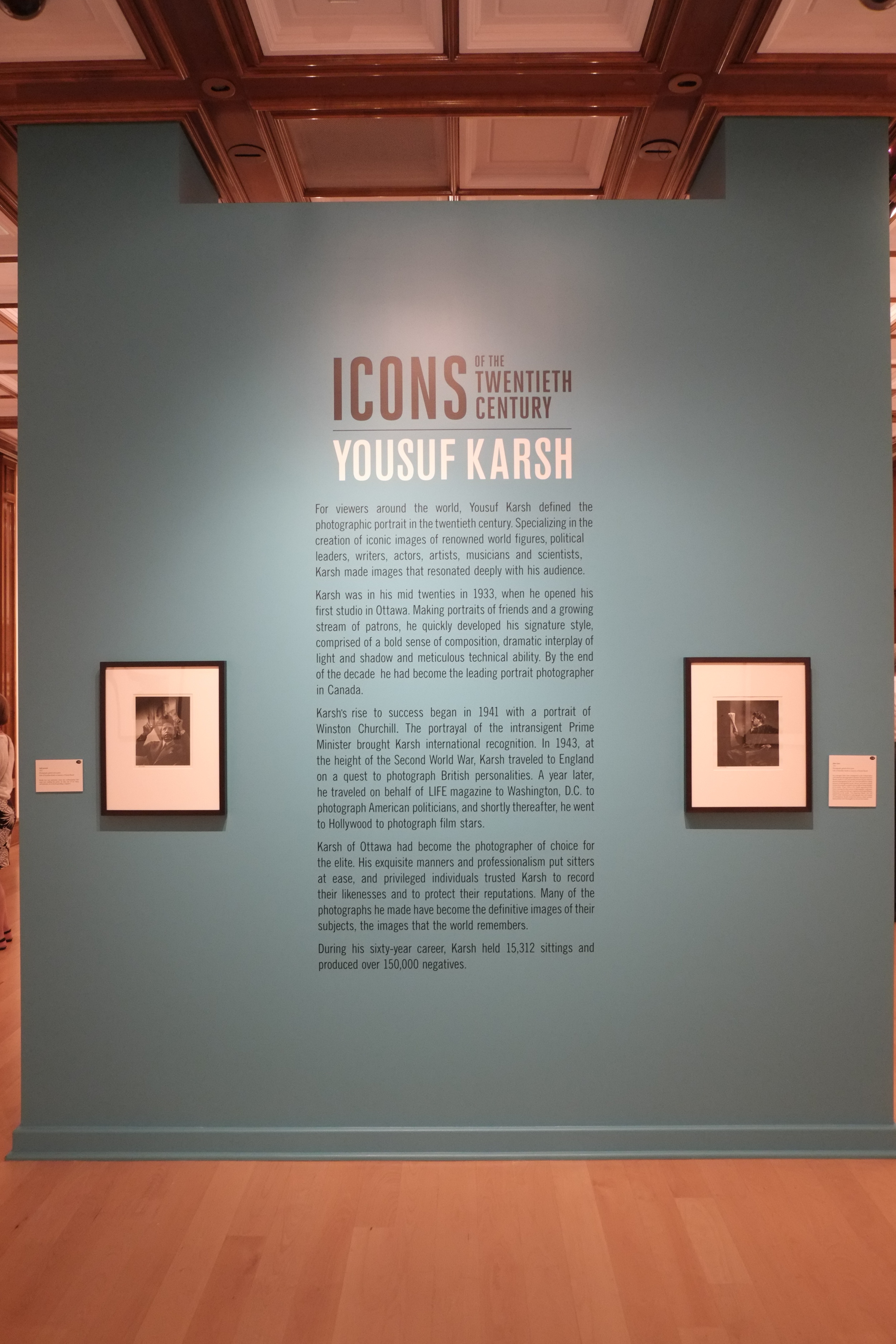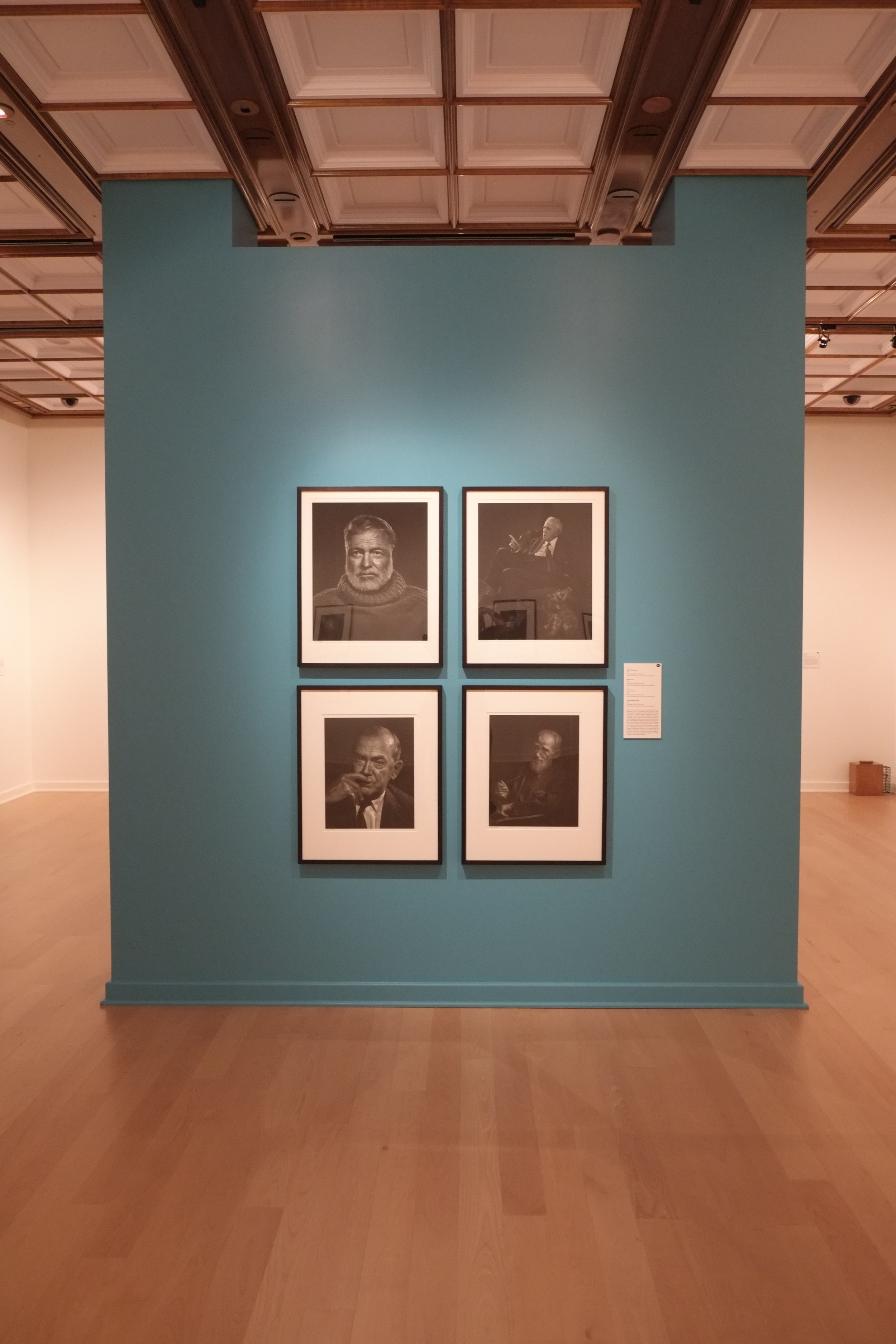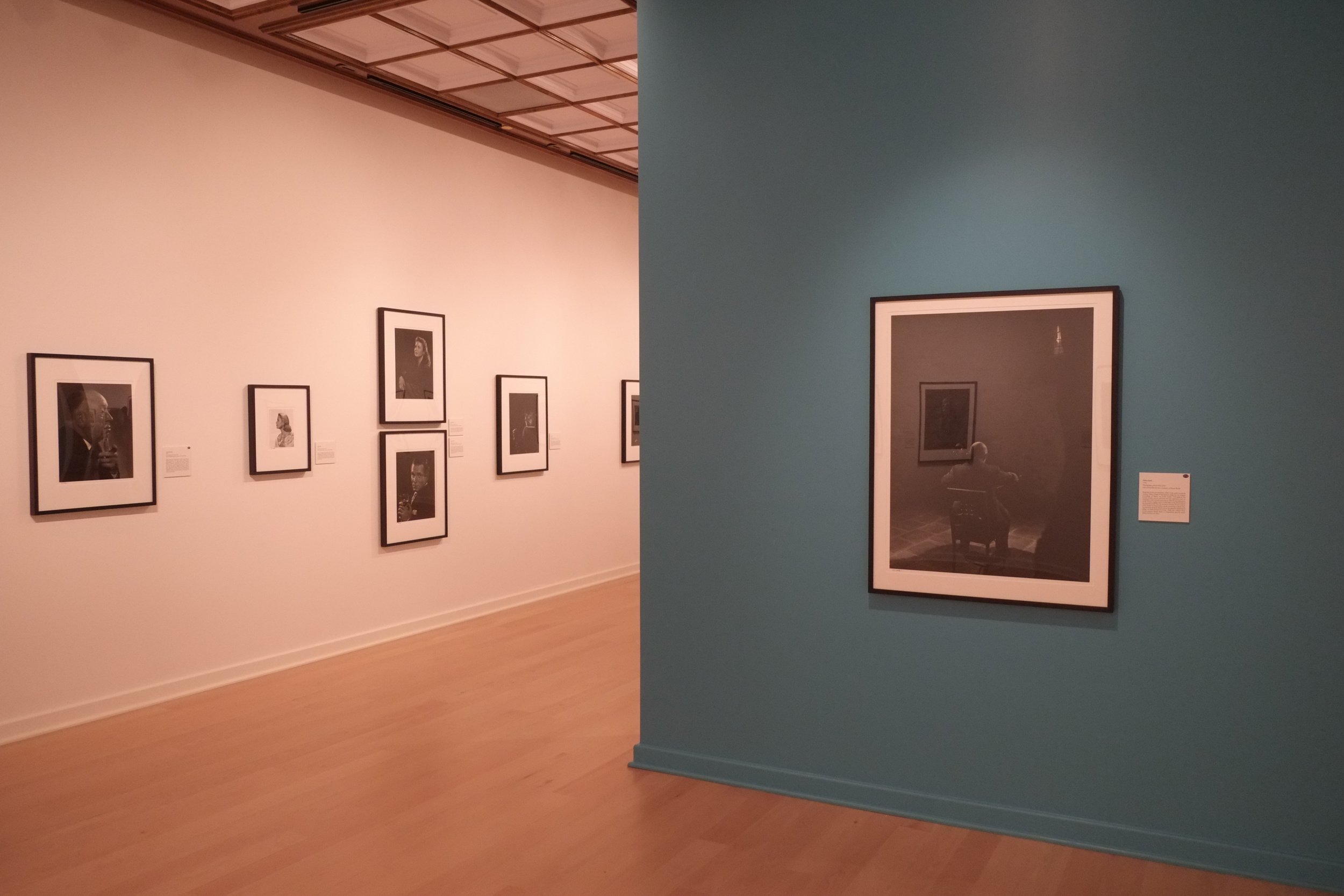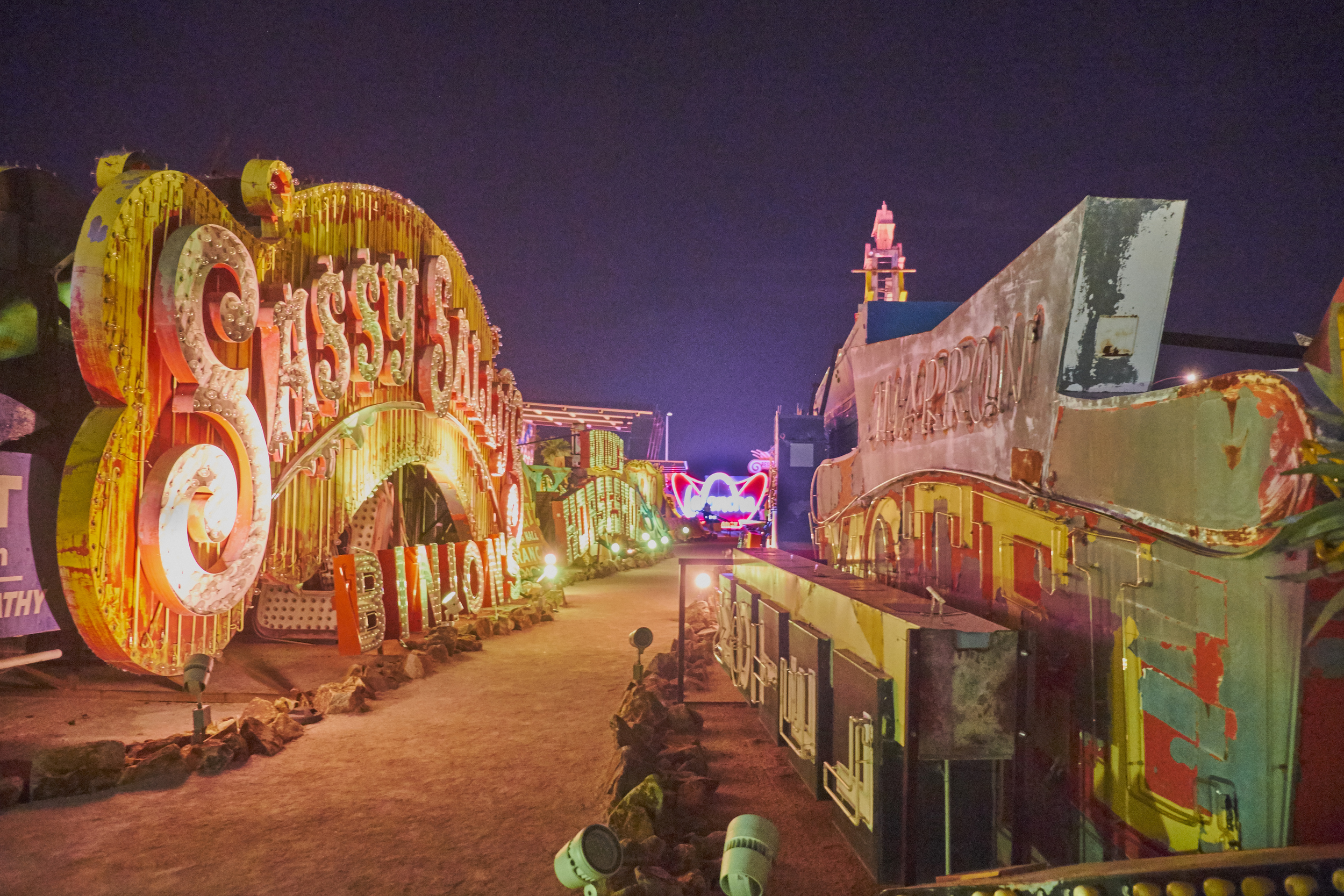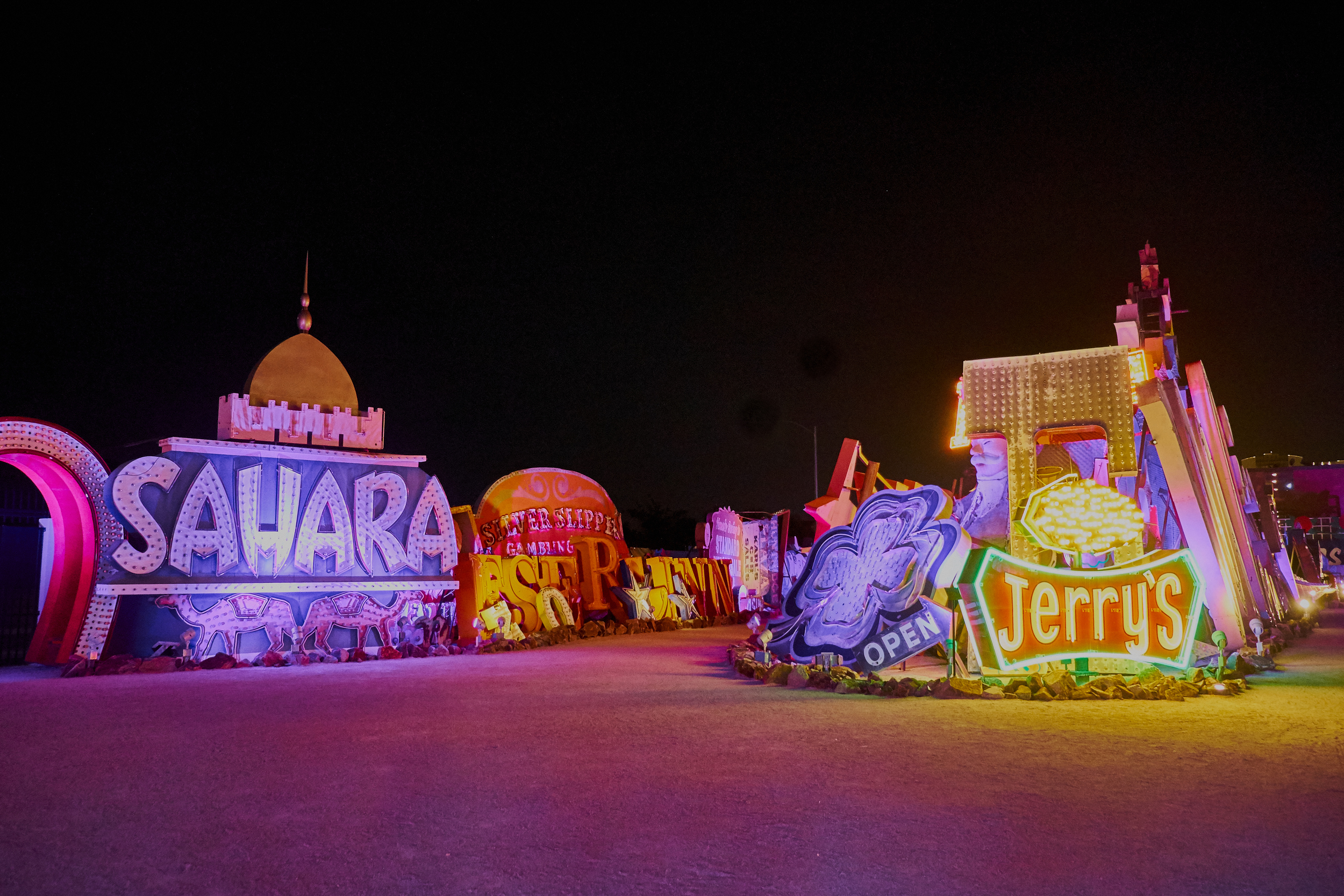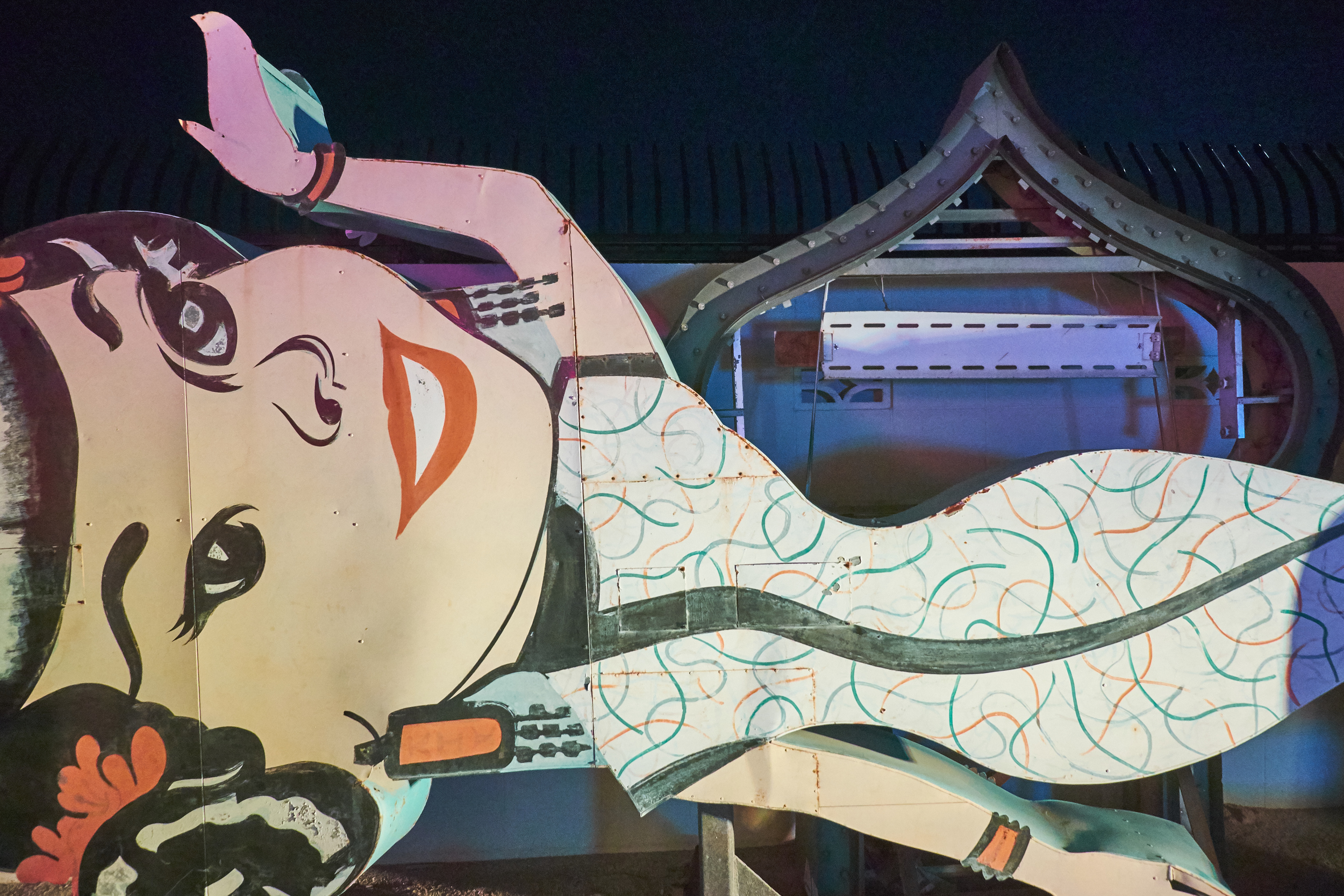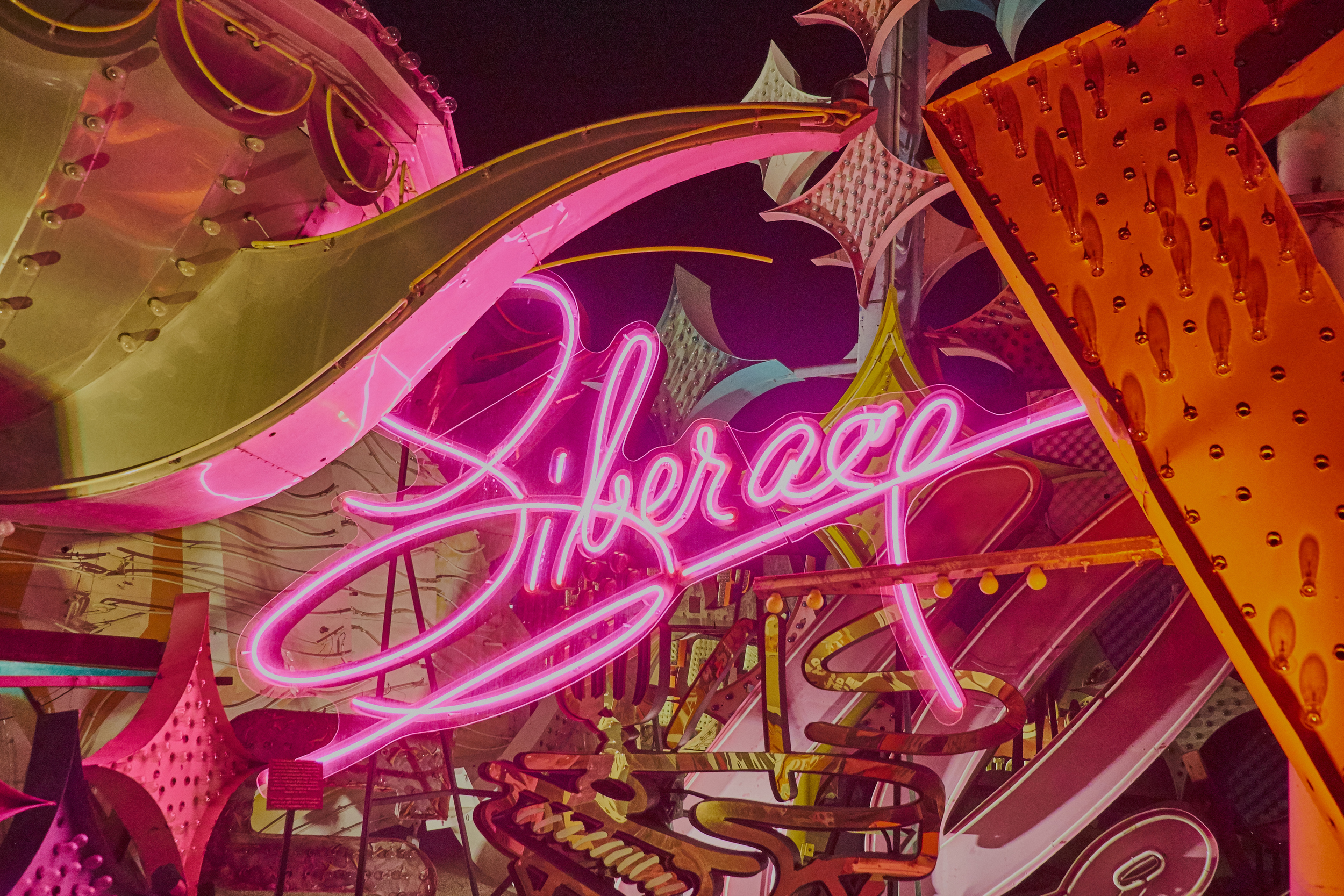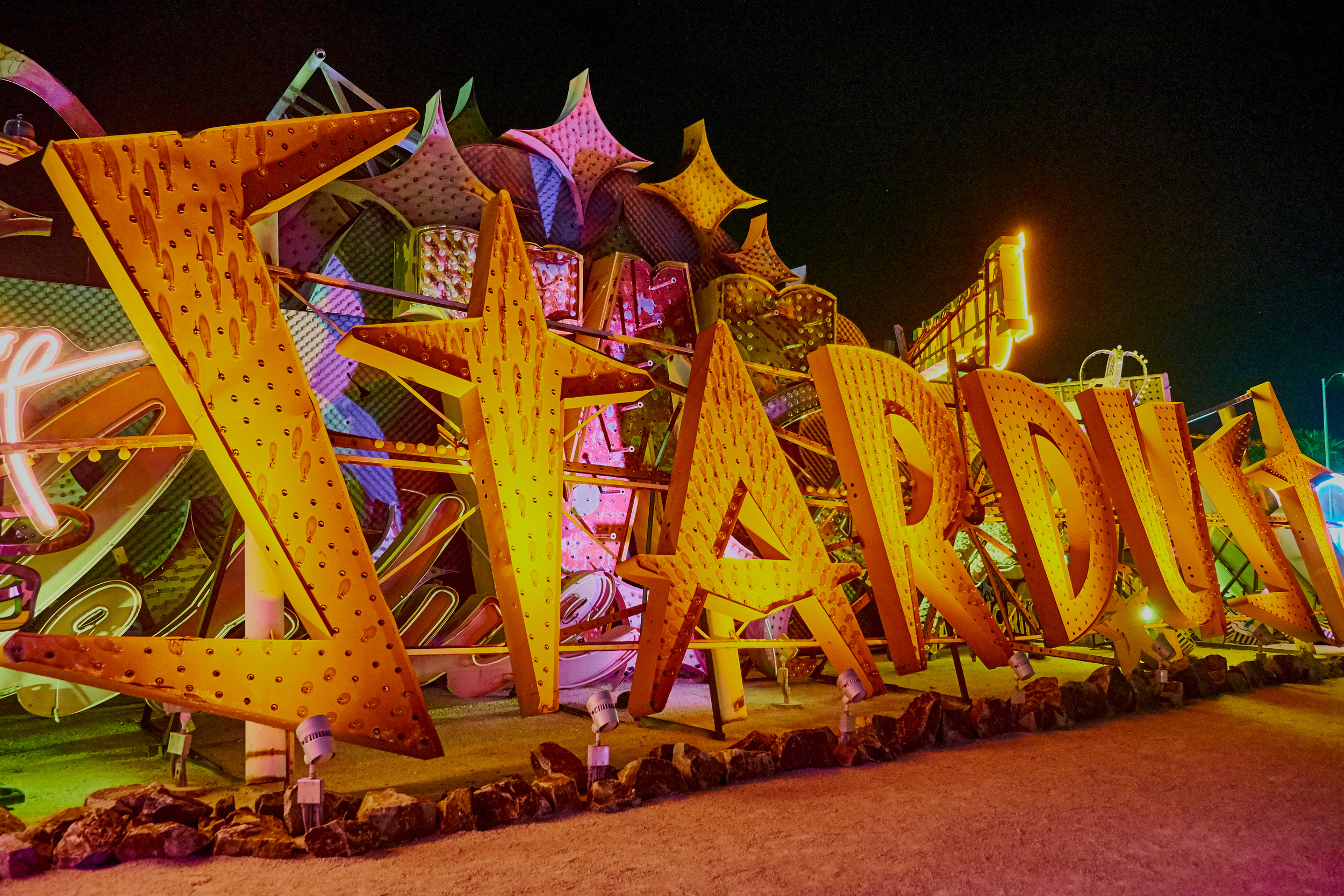“Aporia” in Lodge, D. The Art of Fiction (1992), pp.219-222.
Used in rhetoric to suggest that the speaker is in a state of doubt or uncertainty, whether real or for effect. It can be employed to examine a genuine conundrum, or to soften the blow of dealing with a difficult topic. It can also be used by a writer to give the appearance of unguarded honesty before the reader.
“The discourse accretes rather than proceeds, by a kind of self-cancellation, one step forwards and one step back, contradictory statements separated only by commas, without the usual adversative but or however.” (Lodge, 221)
“Aporia is a favourite trope of deconstructionist critics,because it epitomizes the way in which all texts undermine their own claims to a determinate meaning; but the narrator's later admission, "that I say aporia without knowing what it means," is a trumping of aporia.” (Lodge, 222)
“Sibilance” as a literary device
As with alliteration, sibilance is a repetition of initial consonant sounds in a line of prose or poetry. Alliteration involves the repeated use of hard consonants (b, d, k, etc.) while sibilance uses soft consonants (“s with sh, and ch, th including three others such as z, x, f and softer c” from http://literarydevices.net/sibilance/, consulted on 11 Dec 2016).
Philip-Lorca diCorcia on the “real” in photography
https://www.youtube.com/watch?v=So_FK4qnz5Q
I enjoyed this brief video very much. I found diCorcia’s photographs deep and occasionally beautiful, and his discussion of the “real” in photography was very helpful. I think he is quite right: we cannot assume that the “exteriority” of a person in an image gives us an accurate window into his or her “interiority.” There is no necessary connection between the two. It is a human trait that we want to read meaning into facial expressions and to construct narratives from still images.
diCorcia takes pains to break the easy assumptions we might make about beautifully-lit photographs of unaware passersby or of people who have been posed by the photographer, either singly or with other people. He has done his best to ensure that there is no “story,” so any perceived meaning is almost entirely in the viewer’s imagination.
In this sense, diCorcia does with images what Reader Response critics do with written texts: they both draw attention to the role of the role of the audience in creating meaning and the difficulty—or impossibility, or irrelevance—of reaching behind the created work to grasp the intention of the artist.
Semiotics and Binary Oppositions
http://study.com/academy/lesson/binary-oppositions-in-literature-list-of-examples.html
http://visual-memory.co.uk/daniel/Documents/S4B/sem01.html
Following Ferdinand de Saussure,’semiotics’ or ‘semiology’ “studies the role of signs as part of social life. It would form part of social psychology, and hence of general psychology. We shall call it semiology (from the Greek semeîon, 'sign'). It would investigate the nature of signs and the laws governing them.”
Quote from “Semiotics for Beginners” -- “Structuralism is an analytical method which has been employed by many semioticians and which is based on Saussure's linguistic model. Structuralists seek to describe the overall organization of sign systems as 'languages' - as with Lévi-Strauss and myth, kinship rules and totemism, Lacan and the unconscious and Barthes and Greimas and the 'grammar' of narrative. They engage in a search for 'deep structures' underlying the 'surface features' of phenomena. However, contemporary social semiotics has moved beyond the structuralist concern with the internal relations of parts within a self-contained system, seeking to explore the use of signs in specific social situations. Modern semiotic theory is also sometimes allied with a Marxist approach which stresses the role of ideology.”
Semiotics is used in the interpretation of ‘texts,’ broadly understood: “[...] a message which has been recorded in some way (e.g. writing, audio- and video-recording) so that it is physically independent of its sender or receiver. A text is an assemblage of signs (such as words, images, sounds and/or gestures) constructed (and interpreted) with reference to the conventions associated with a genre and in a particular medium of communication.”
The belief in the independence of the ‘text’ seems to bring us close to the position taken by the Reader Response Critics who asserted that meaning is created in the interaction between the text and the reader, without reference to the conditions or intent of the author. And the attention to the medium of communication alerts us to the role it plays in establishing the possibilities and limits in sending and receiving a text. McLuhan will take this line of thinking further in his famous dictum that “the medium is the message”, in that the medium becomes more important in communicating values and possibilities than any individual medium/text that it might carry.
While Saussure was happy to speak of Semiology as a ‘science,’ it is less a formally-described method or discipline than it is a cluster of approaches used across many disciplines.
Saussure makes helpful interpretive distinctions between langue (structure and rules of a language or means of communication) and parole (a particular instance of communication) and between synchronic (reading a text as a whole, whatever its history of formation) and diachronic (paying attention to the role of time in the creation of a communication) methods of reading texts.
Summary of the article is a useful one for continued study in the arts, whether textual or visual: “Meaning is not 'transmitted' to us - we actively create it according to a complex interplay of codes or conventions of which we are normally unaware.” An essential part of the work of the interpreter, then, is identifying, making explicit and understanding those codes and conventions.
The idea of binary opposition has been described at least since Aristotle’s “principle of non-contradiction” in formal logic (‘A’ cannot be simultaneously ‘A’ and ‘non-A’) and much earlier than that, based on the experience of the world around us (dead-alive, night-day, friend-foe). It can be very useful in helping us to understand distinctions and, at times, in giving us a way to describe the new or foreign in terms of what they are not. This would be similar to the via negativa approach used in philosophy and theology.
Saussure and many of his followers start from the assertion that human understanding is heavily dependent upon narrative, and that the underlying structure of narrative is binary opposition or a series of such oppositions.
This can be a helpful tool for interpretation and understanding but, as XXX points out, binary oppositions have their limits and even dangers. Opposition makes for a narrative that is easy to tell and easy to grasp, but it can have serious consequences when applied, for example, in an ‘us-them’ way to other countries or classes of people.
Cruel and Tender at the Tate
http://www.tate.org.uk/context-comment/cruel-and-tender
Carter Ratcliff’s reflection on the first photographic exhibition at the Tate Modern picks up on the same theme raised by Philip-Lorca diCorcia’s work: the extent to which the viewer brings meaning to the photograph he views. Meaning is not limited or determined by the artist.
This is no less true in the field of documentary photography or filmmaking, although the use of the ‘language’ of documentation may lead the reader of these particular ‘texts’ to make assumptions that are not well founded. Ratcliff is quite right to say that, “[w]e are living through a protracted epidemic of confusion about the difference between artworks and documents.”
Because of the blurring of the lines between art and document, it should not be surprising that some photographers moved fluidly between the two: documentarians inadvertently created work that became viewed as art (Sander; the Bechers) while artists drew on documentary media and langue with and for their art (Thomas Ruff, whose work I had the chance to see last spring at the Art Gallery of Ontario).
I found this article particularly helpful because it helps to illuminate some of the characteristics of contemporary photography. Rather than concentrating on creating aesthetically-pleasing images, many artists now use photography either as a tool to document ephemeral works of art (as Andy Goldsworthy does with his natural creations) or as a means to directly engage the viewer about the nature of meaning, slipping back and forth between the languages of documentary and the visual arts.
Photography Theory
Notes from Bate, D. (2009) Photography: the key concepts. Oxford: Berg. pp.26-43.
Three key periods of photographic theory: origins (1830s); early 20th century (1920s and -30s; modernism?); and transition to postmodernism (1960s to -80s)
Victorian aesthetics: primary concerns are accuracy of representation and the status of photography as an art form, rather than a mere copier and a pale shadow of painting
Mass reproduction in the 1920s and 1930s: a technology for the masses and a tool for the avant-garde; key theorist Walter Benjamin (The Work of Art in the Age of Mechanical Reproduction, 1936) turns the page on whether photography is art and instead raises the question of how photography and mass reproduction have transformed art. John Berger (Ways of Seeing, 1972) picks up from Benjamin and explores the social impact of photographic images and how they have influenced the way we see each other. Attention to meaning and social impact opened the door to connections with semiotic theory and analysis.
The 1960s and 1970s: the rise and consolidation of mass media; commercialisation and social communication. Use of photography by conceptual artists to document art, rather than to create fine art. Important theorists include Barbara Rosenblum, Pierre Bourdieu, Roland Barthes and Victor Burgin.
Importance of being mindful of images—which we tend to consume without thinking—because they are value- and ideology-laden. Barthes’ semiotic analysis undertook to create a “theory of the ideology of photography.” (p.30)
Structuralism: structures / rules / system that underlie a discourse. Barthes’ last book, Camera Lucida, moves into phenomenology (“the study of structures of consciousness as experienced from the first-person point of view”) from Structuralism.
Semiotics: photography as a language with its own system of signs; definition created through difference; meaning formulated through relationship of signs within a system. Signifier + signified = sign and the “signified is a ‘psychological image’ in our head.” (p.33). “Here we can also see straight away how even the most fundamental signified meaning of any photograph (or other sign) is partially dependent upon the viewer’s language, as well as the various codes that it employs and their cultural knowledge. In other words, the codes with which we are familiar (the English language, four-legged animals, photographs, etc.), enable messages to be transmitted, which the spectator ‘reads’ to generate meanings.” (p.34)
Photographic codes: many of the ‘codes’ of photography are already built in because of technical aspects of picture-making; others are determined by the picture-maker (angle of view, focus, position, etc.). Portraits contain codes of expression that we grasp because of experience. Lighting is another rich source of codes. See Umberto Eco on photographic codes and rhetoric in ‘Critique of the Image’ in Thinking Photography, ed. Victor Burgin (Basingstoke: Macmillan, 1982).
Rhetoric: “In photography, codes are combined to produce a rhetorical argument. By themselves, codes are meaningless, like phonemes in language. It is only when codes are put together in specific combinations that they are effective in producing what we call a ‘good photograph’. It is from a particular configuration of such codes (whichever ones are included) that the rhetoric of the image determines the range of meanings available from the photograph.” (p.36)
The ‘language’ of photography: Until the 1960s and 70s, realism was most often the goal or measure of a photograph, often with more attention paid to the referent than to the photograph as a created work. Semiotics, however, pays attention to difference (for example, between referent and image) rather than similarity and allows for new possibilities of analysis and interpretation.
Realism and reality: “The realism of an image corresponds to a preconception of reality.” (p.41) “So it is important not to forget that there is difference involved in photographs. What the realist takes for granted as ‘reality’, semiotics argues is constructed through a photographic discourse, of codes. Contrary to the views of some sceptics, visual semiotics does not refute the existence of ‘reality’, rather it develops a way to speak about how the graphic marks on a flat piece of paper come to signify a ‘reality’.” (p.42) These points remind us that we do not have direct access to reality through a photographic image (or through any work of art), but that everything is mediated to us through created structures within which we participate whether or not we are aware of it. Without some sort of theoretical construct or approach, we will create meaning without paying attention to the codes at work or to the perspectives and presuppositions we bring to the act of interpretation.
